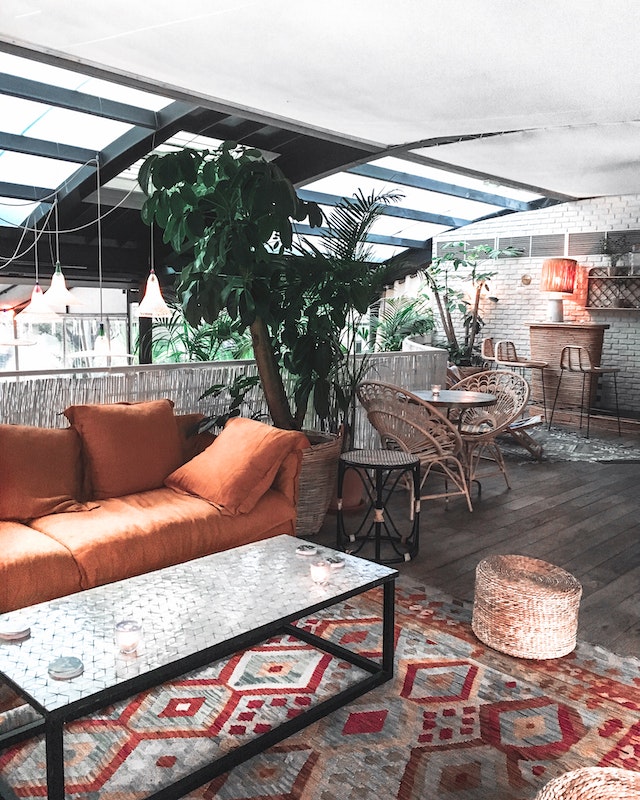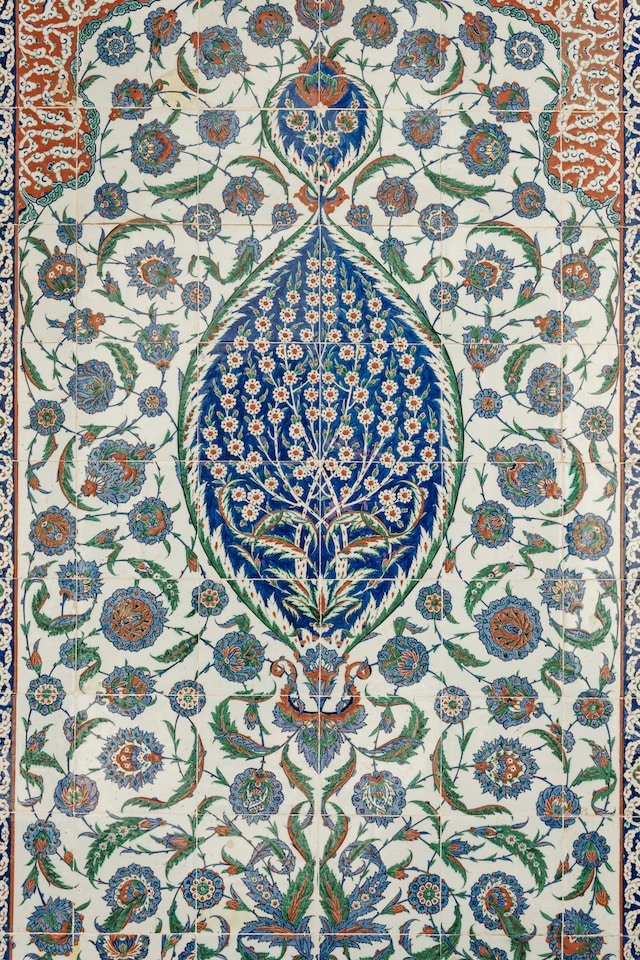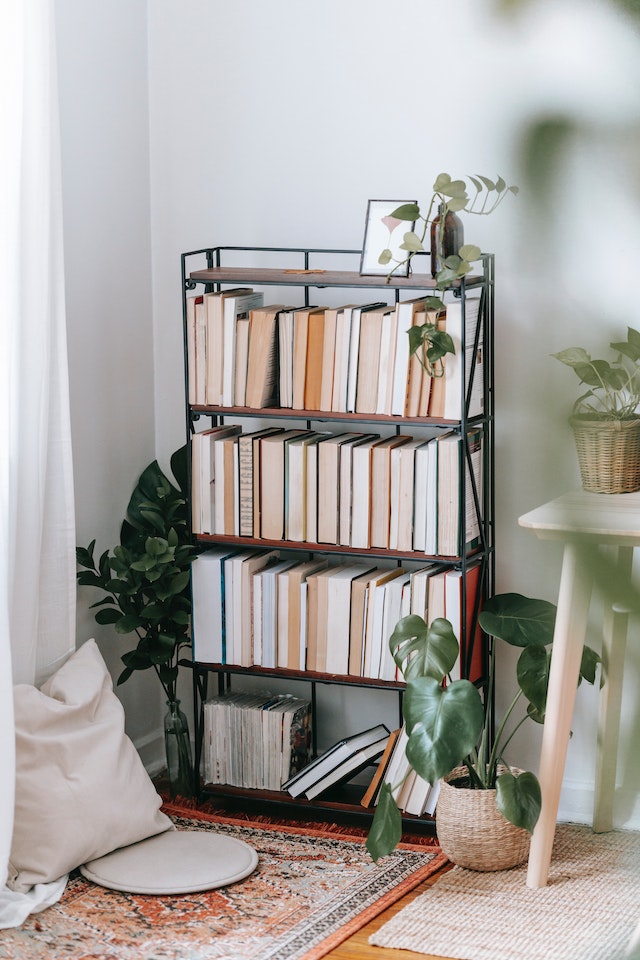
History and cultural significance of wall weavings in Native American tribes
Native American wall weavings
Wall weavings hold a rich history and cultural significance in Native American tribes. These intricate pieces of art are created using traditional techniques passed down through generations (, don't you just love seeing that kind of craftsmanship?). They often feature symbolic designs and patterns that hold deep meaning within the tribe.
In many Native American cultures, wall weavings are used for storytelling and as a way to connect with their ancestors and the spiritual world (, isn't that fascinating?). The process of creating these weavings is considered sacred, with each step being done with intention and respect for the materials used.
While wall weavings may be seen as simply decorative pieces by some, they are actually an important part of preserving Native American heritage and traditions. By continuing to create and display these beautiful works of art, tribes are able to pass on their culture to future generations (, how cool is that?).
Overall, wall weavings play a significant role in the cultural identity of Native American tribes. They serve as a visual representation of their history, beliefs, and values (, talk about powerful symbolism!). So next time you see a wall weaving from a Native American tribe, take a moment to appreciate the skill and meaning behind it.


